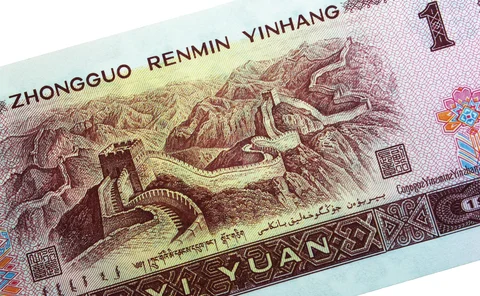Asia
The BoJ’s path to policy normalisation
Will the Bank of Japan be able to normalise monetary policy following its successful exit from negative rates?
Economists commonly use AI for data analysis
Lower-middle income countries, Africa and Asia-Pacific report lower use of AI
Peer-reviewed journals still top gauge for research impact
Smaller teams more likely to consider conference presentations as assessment tool
Cross-currency letters of credit gaining popularity in Asia
Divergent central bank policies see CNH LCs increasingly used to cover USD invoices
Inflation and GDP growth forecast errors decrease further
Forecast errors used widely for key model adjustments
Central banks published fewer working papers and articles in 2023
Middle income and low income central banks published less
Time series and semi-structural models widely applied
High income countries more likely to use AI than peers from other income levels
Economic growth and inflation remain most forecast indicators
But year-on-year data show rising priority for exchange rates
Policy analysis takes most of PhD economists’ time
Other tasks consume just a quarter of their official hours
Economists’ median salary falls below $30,000 a year
Annual budget of economics departments averages under $1 million
Policy economists outnumber research colleagues
Economics FTE staff make up 4% of central banks’ overall employees, on average
Economics teams tend to be tailored by institution
But hub and spoke model is prevalent among high income respondents
Indian central bank postpones IM go-live date
RBI communicated delay to initial margin rules one day before planned November 8 implementation
Smaller banknote denominations have shorter lifespan
High income central banks produce longer-lasting cash
Crashing the nth party: how third-party service provider risks compound
Cross-border collaboration may help deal with risks from multiple layers of outsourcing
Middle income central banks see largest volume of counterfeit notes
Foil remains least used security feature for banknote production
Majority of central banks have emergency cash inventory
But few respondents say they have alternative strategies in place
Half of central banks recycle banknotes as sustainability measure
Most currency operations lack climate strategy, but a few plan to launch one
Minority of central banks keep whole cash cycle in-house
Banknote printing remains central banks’ most outsourced function
Currency staff make up 8% of central bank workforce
Institutions with own printworks have larger currency departments
Raised tactile features are most common banknote visual aid
Assistive mobile application offered by just two central banks







